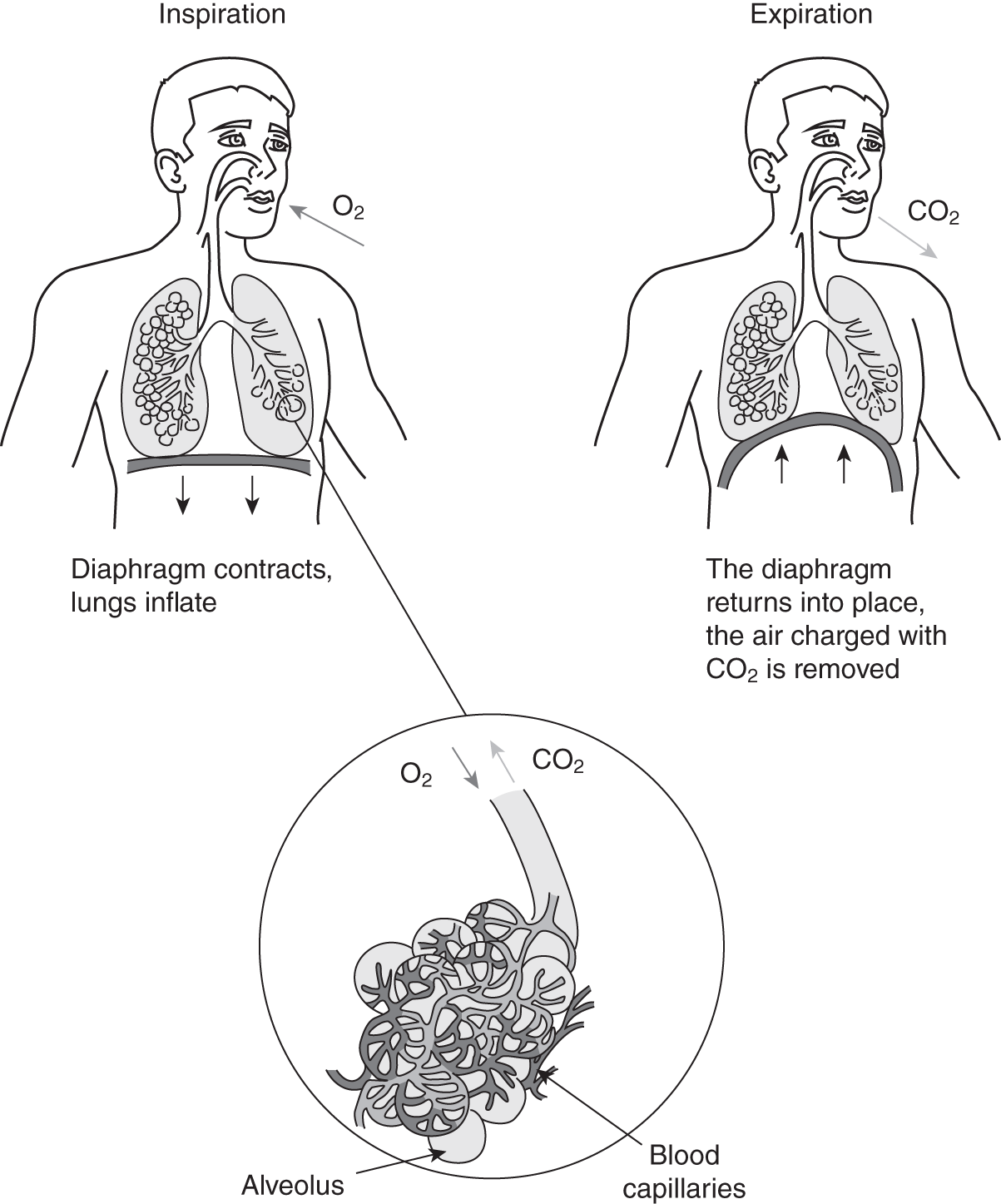Julie Chambers and Doris Corkin Holorosencephaly (HPE) is a cephalic disorder, which ranges in severity based on the degree of anatomic abnormality, in which the forebrain (prosencephalon) of the embryo fails to develop into two hemispheres, that is, the right and left halves of the brain (Zantow et al. 2021). Prognosis is dependent on the degree of fusion or malformation of the brain along with the other health complications that may be present. The brain does not deteriorate over time however often other life threatening conditions can be present. In moderate to severe cases there is likely to include spastic quadriparesis, athetoid movements, endocrine disorders, hypernatremia, and respiratory and neurological issues such as epilepsy (see National Institute of Neurological Disorders). Causes of HPE remains undetermined, though important family members have genetic counselling. Often it seems no specific cause or may involve mutations in the gene encoding of the SHH protein which is involved with the development of the central nervous system (Wallis & Muenke 2000). Pompe disease, first identified in 1932, has a variable and different progression and onset age. This multi-systemic hereditary disease is rare. Early onset after birth within 12 weeks is usually characterised with cardiac issues, which is due to heart enlargement and generalised muscle weakness. Life expectancy is very limited if untreated (within first two years of life). This disease has been classified as Infantile Pompe, is inherited in an autosomal recessive genetic pattern, which means that healthy parents can have an affected child. Pompe disease is also known as Acid alpha glucosidase GGA, deficiency glycogen storage disease (GSD 11) see NORD (National Organization for Rare Diseases) link video/pompe-disease. This multifaceted disease is one of the 15 known glycogen storage disorders (GSD) where there is abnormality in glycogen synthesis and glycogen breakdown. In 2006, enzyme replacement therapy (ERT) became an approved treatment (Bay et al. 2019). Treatment of this disease is symptomatic and supportive. A team approach is needed such as cardiology, endocrine, respiratory, neurology, nursing, and allied Health Professionals such as Occupational Therapist, Speech and Language Therapist, and Physiotherapist. Activity of living: breathing. Infants and children with a life-limited condition such as Leo with Pompe Disease or Penny with Holorosencephaly, will have symptoms that are difficult for their families and health professionals to manage. Leo and Penny can have difficulty with their breathing especially when there are feeding difficulties. Two main functions of the respiratory system are: The two lungs are different: the right has three lobes and the left has two lobes, while the diaphragm acts as the floor of the thoracic cavity. When breathing, the respiratory muscles contract and the air inhaled passes through the upper airways, nose, trachea, and bronchus to alveoli in the lungs, where gas exchange takes place (see Figure 36.1) – carbon dioxide (CO2) is eliminated and replaced with oxygen (O2). FIGURE 36.1 Gas exchange within the lungs (Reproduced with kind permission of Philips Respironics). (prev ed 35.2). Bronchus obstruction and muscle (intercostal and accessory) weakness are the two main causes of breathing difficulties in these patients, affecting the respiratory system. Regarding bronchus obstruction – carbon dioxide stays within the alveoli causing breathlessness and frequent coughing (Respironics 2008).
CHAPTER 36
Children with Complex Needs
ANSWERS TO QUESTIONS
Question 1. What is Holorosencephaly (HPE) and how is this disorder diagnosed?
Question 2. What is Infantile Onset Pompe Disease (IOPD) and how is this diagnosed?
Question 3. (a) Why may a child with Pompe Disease or Holorosencephaly have difficulty breathing?

Stay updated, free articles. Join our Telegram channel

Full access? Get Clinical Tree


